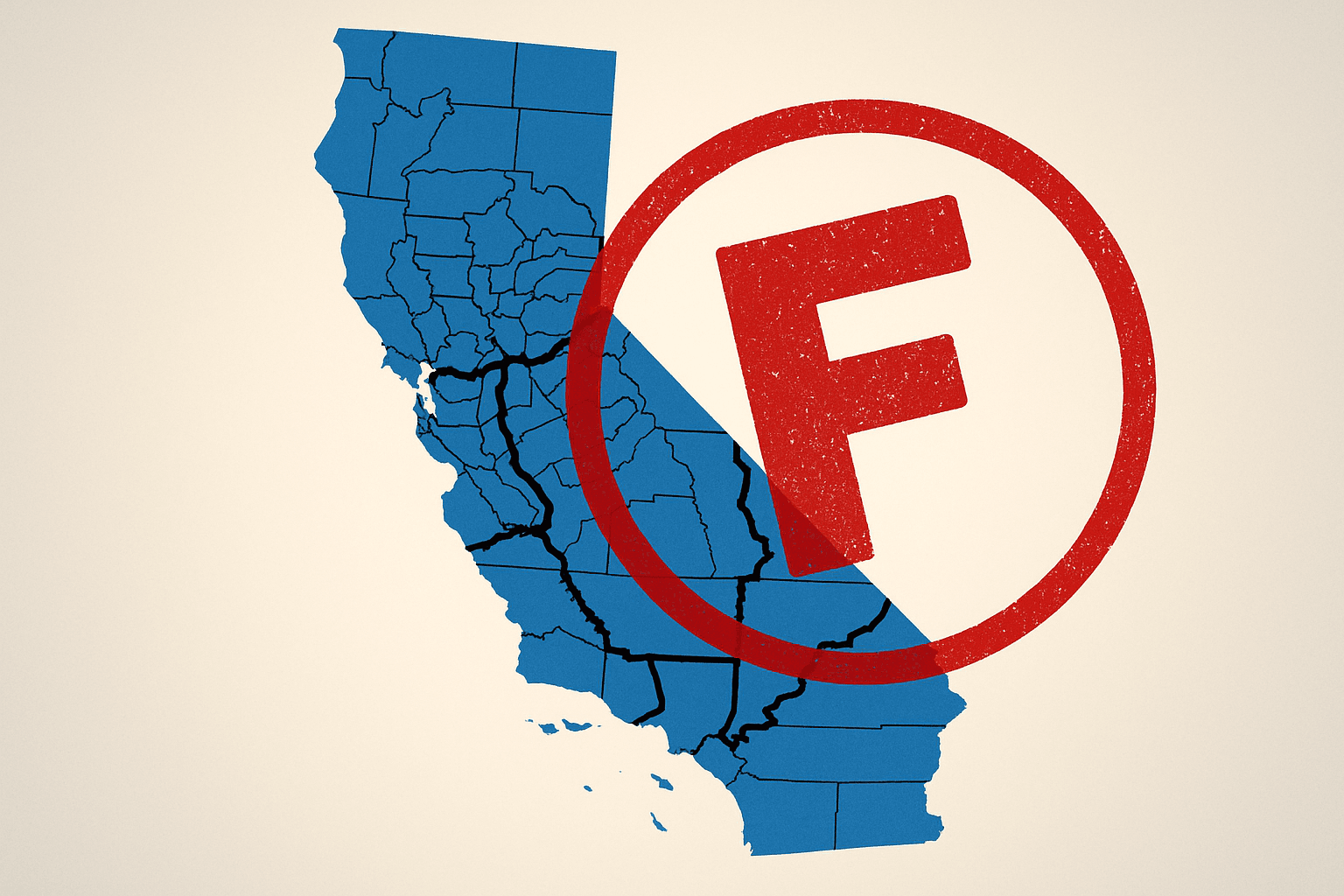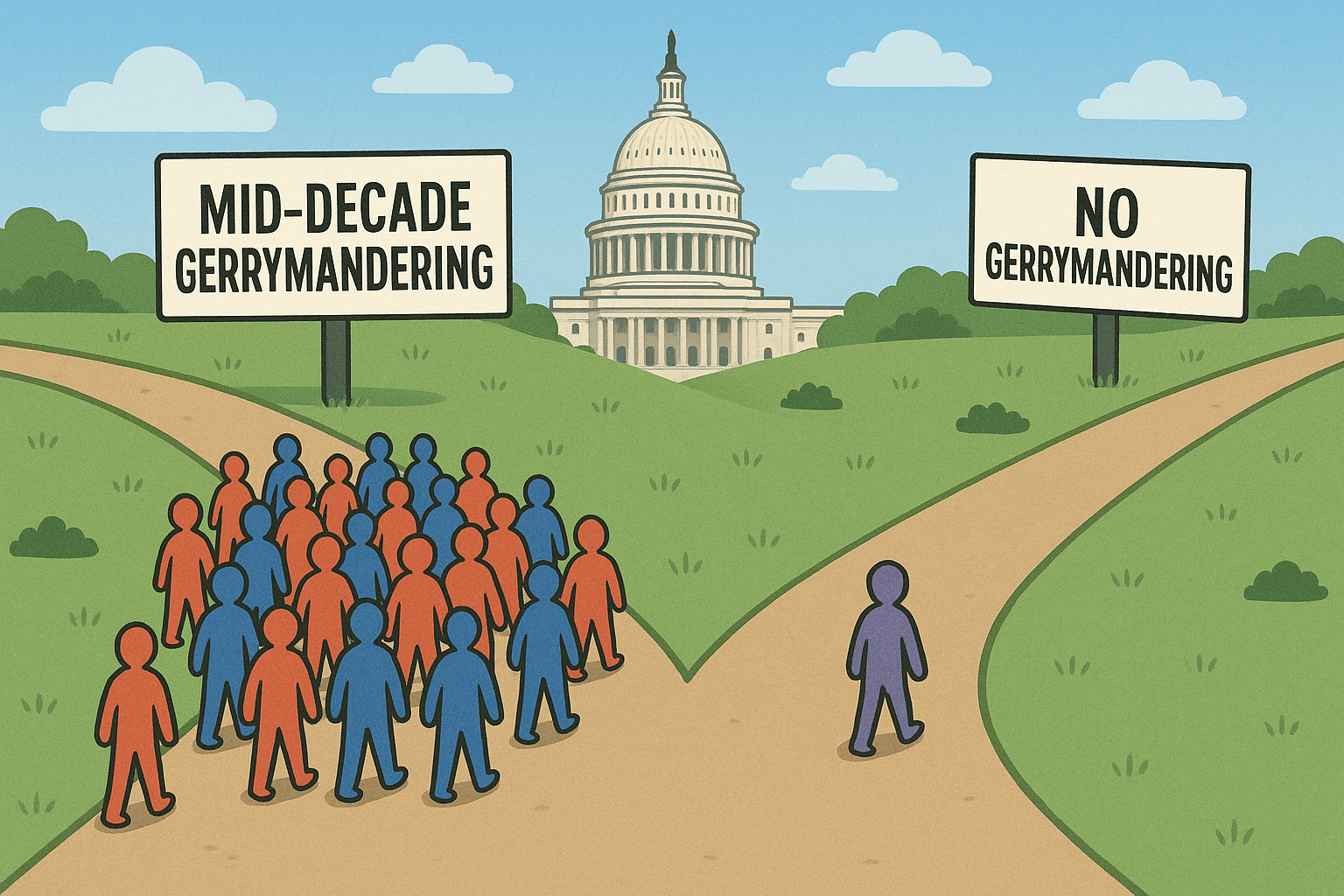Sonoran Solar Energy Project approved

The federal government has approved a 300 MW photovoltaic solar plant to be built in Maricopa County on public land in the Rainbow Valley south of Buckeye. The Sonoran Solar Energy Project will be the first solar project on federal land in Arizona and will provide enough power for 90,000 homes. What’s more, they seem to have done everything right. It wasn’t rushed. They consulted with Indian tribes and historical agencies first. The scale and design of the project was revised to lessen environmental impacts. This is a model for how big solar should be done.
The original plan was to build a Concentrating Solar Power plant on 3,620 acres. CSP reflects the heat of the sun to a central tower where it is used to power turbines. Excess heat is stored in molten salt for use when the sun isn’t shining. While being able to store power is certainly an advantage of CSP, it comes at the expense of huge drawbacks. The biggest of these is that CSP requires water, lots of it, to power the turbines. Some types of CSP re-use as much water as possible. But even with that, the amount of water a CSP plant uses can be problematic, especially in deserts and in areas like Arizona where water wars are common.
A CSP plant would have required 3,000 acre feet of water a year. (An acre foot is about 325,000 gallons.) So, they decided to use the more familiar photovoltaic technology instead, which will need a mere 33 acre feet a year. Plus it will be built on 2,013 acres of land, not 3,620. Even better, it is sited near existing transmission lines, cutting costs. Also, CSP would have required natural gas as a backup power source, thus creating some emissions, whereas photovoltaic is completely emission-free. This is important for Maricopa County as it already does not meet EPA air pollution standards.
The federal government will make about $2 million a year in rental and fees from the project. About 360 workers will be employed during construction with 16 permanent employees when completed. Given our current dismal economy, these are tiny numbers of new jobs. Big renewable energy projects are not the massive job machines that some might hope they are. It’s generally just a few hundred jobs per project, which are often located in remote, hot areas where many not might want to work. Plus they require specialized skills. But every new bit of employment does help (especially if you are the one getting hired!)
Considerable thought has been given to environmental effects. Perimeter fencing will prevent large animals from getting inside. Burrowing owls will be relocated elsewhere. Culverts will allow animals passage in and around the area. These issues are often the most contentious in big renewable energy projects yet have been resolved quickly and seemingly with little hassle here.
A few years ago, photovoltaic solar wasn’t cost-effective as compared to CSP. But the recent steady plunge in PV prices has changed all that. Some say China is being cut-throat in their pricing and this may well be true. But such ferocious competition, as well as new advances in PV technology, means that Arizonans will be getting emission free energy created in their own state without using imported petroleum products.



